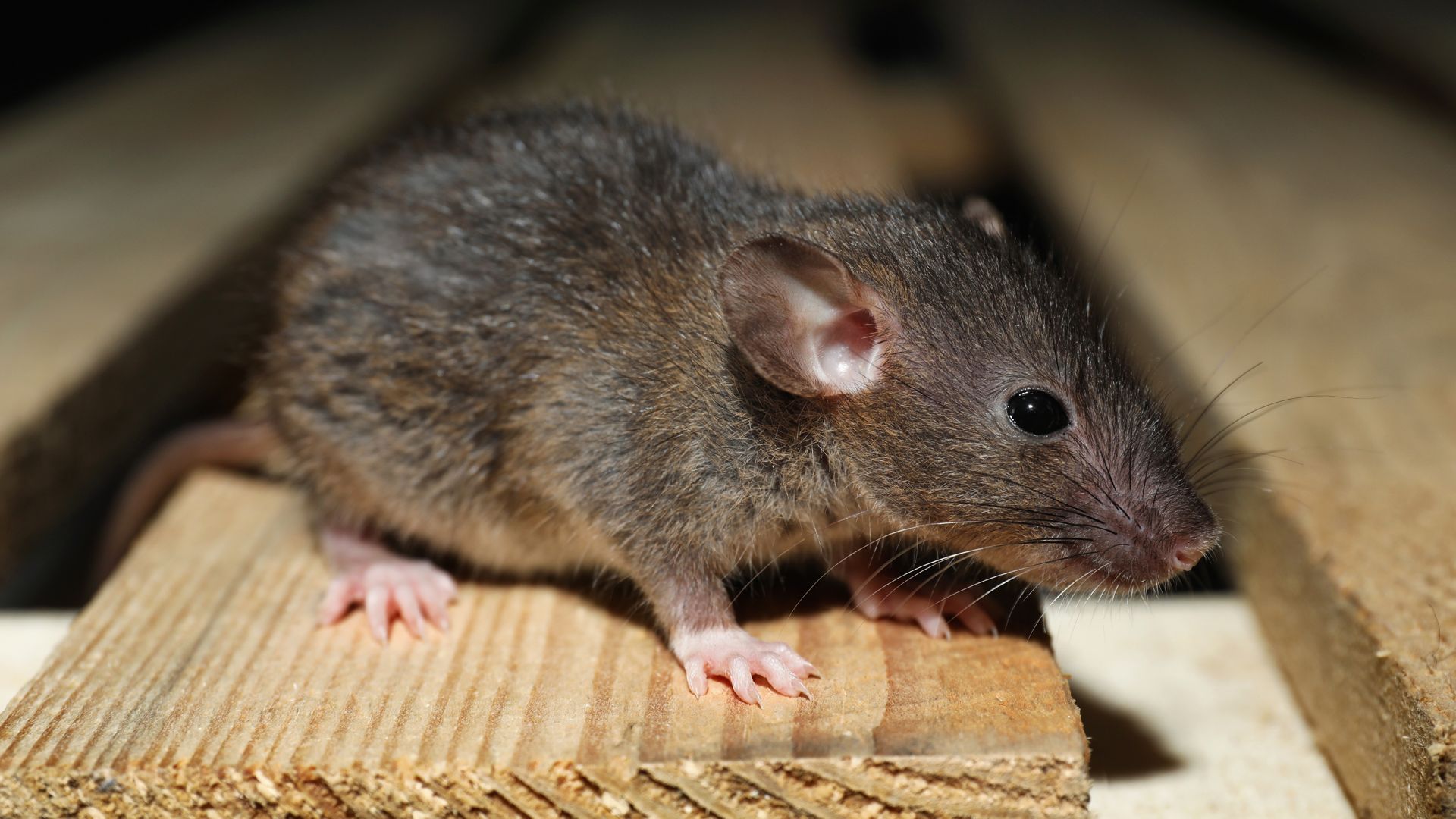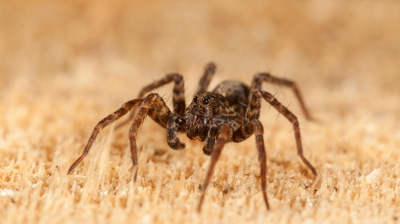
-
Ready To Get Started With Treatment? Our General Pest Control Starts at $42 a Month.
-
Protect Your Home! Our Complete Termite Protection Starts at Only $499
-
Have a Mosquito Problem? Reach Out Today to Get Your First Mosquito Service FREE!
Ant Control & Treatment in Richmond, VA
Managing Infestations in Newport News, Williamsburg, and the Surrounding Areas
Ants are among the most common household pests found in homes, businesses, and natural environments across the globe. While they play essential roles in ecosystems by scavenging and decomposing organic matter, they can become significant nuisances when they invade human habitats.
Virginia is home to a variety of ant species, each with its unique characteristics and behaviors.
Some of the most common types of ants found in Virginia include:
- Odorous house ants: These small, dark-brown ants emit a distinct odor when crushed, often described as smelling like rotten coconut. They are commonly found nesting indoors in wall voids, under floors, and in moist areas such as bathrooms and kitchens.
- Pavement ants: Pavement ants are dark brown to black ants that build nests in cracks and crevices in sidewalks, driveways, and the foundations of buildings. They are known for their small, conical mounds of excavated soil around nest entrances.
- Carpenter ants: Carpenter ants are large, black ants that excavate wood to build their nests. While they do not eat wood like termites, they can cause significant structural damage to homes and buildings. Carpenter ants are often found nesting in moist or decayed wood.
- Fire ants: Fire ants are reddish-brown ants known for their aggressive behavior and painful stings. They build large, dome-shaped mounds in open areas such as lawns, parks, and fields. Fire ant stings can cause allergic reactions in some individuals.
- Acrobat ants: Acrobat ants are named for their habit of raising their abdomen over their head and thorax when disturbed, resembling an acrobat performing a handstand. They are typically found nesting in decaying wood or under bark.
If you detect any of these ant species on your property, don’t hesitate to contact us online or call (804) 575-7054 for proactive ant control in Richmond. We offer same-day service for homes and businesses in our community.
Common Behaviors of Ants
Ants are social insects that live in colonies. They communicate with each other through pheromones and exhibit complex behaviors to forage for food, defend their nests, and care for their young. Understanding ant behavior can help prevent or detect infestations.
Ants exhibit various behaviors, including foraging for food by following scent trails and nesting in diverse locations like soil or buildings. They fiercely defend their territory against intruders and engage in trophallaxis, where food is shared among colony members to strengthen social bonds and distribute nutrients.
Ants Are a Health Hazard
Ants may seem like minor nuisances, but they pose significant health hazards when they invade homes and businesses. In addition to being unsightly and causing property damage, ants can transmit diseases, contaminate food, and trigger allergic reactions in susceptible individuals.
Here’s how ants can jeopardize your health:
- Disease transmission: Ants are known to carry and transmit a variety of pathogens, including bacteria, viruses, and fungi. Contact with contaminated surfaces or ingestion of contaminated food can lead to gastrointestinal illnesses, including food poisoning and stomach infections.
- Allergic reactions: For some people, exposure to ants and their saliva, venom, or fecal matter can trigger allergic reactions. Symptoms of ant allergies may include skin irritation, itching, swelling, hives, and respiratory issues such as coughing and wheezing.
- Asthma aggravation: Ant debris, such as shed skin, feces, and body parts, can become airborne and trigger asthma attacks when inhaled.
- Contamination of food and surfaces: Ants crawl over food items, leaving behind traces of saliva, fecal matter, and other contaminants that can compromise food safety and hygiene.
- Structural damage: Certain ant species, such as carpenter ants, can cause structural damage to homes and buildings by excavating wood to build their nests. Over time, carpenter ant colonies can weaken wooden structures, compromising the integrity and stability of the building.
Effective management strategies, including sanitation, exclusion, and professional pest control services, are essential for preventing ant infestations and safeguarding the health and well-being of occupants. Don’t underestimate the potential dangers of ants – take proactive measures to protect yourself, your family, and your employees from these pests.
Why Eco Pest Control?
- We offer the very best environmental pest control solutions available.
- We offer free pest inspections.
- We offer a 100% customer satisfaction guarantee.
If you have a pest problem, then rely on Eco Pest Control, the best environmental pest control company in the greater Richmond, Newport News, and Williamsburg areas.

Testimonials
ECO PEST CONTROL HAS MORE THAN 1,200 5-STAR REVIEWS
"Based on customer service alone I'd recommend to anyone."



